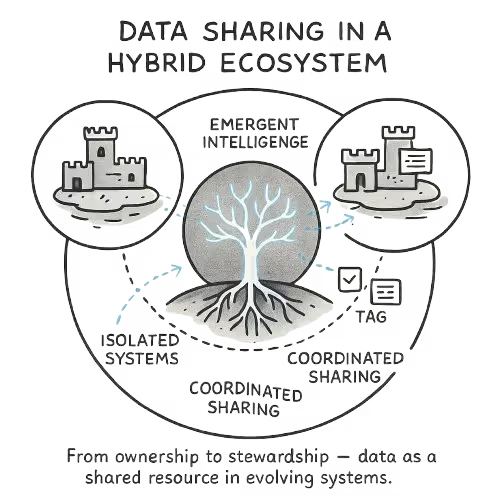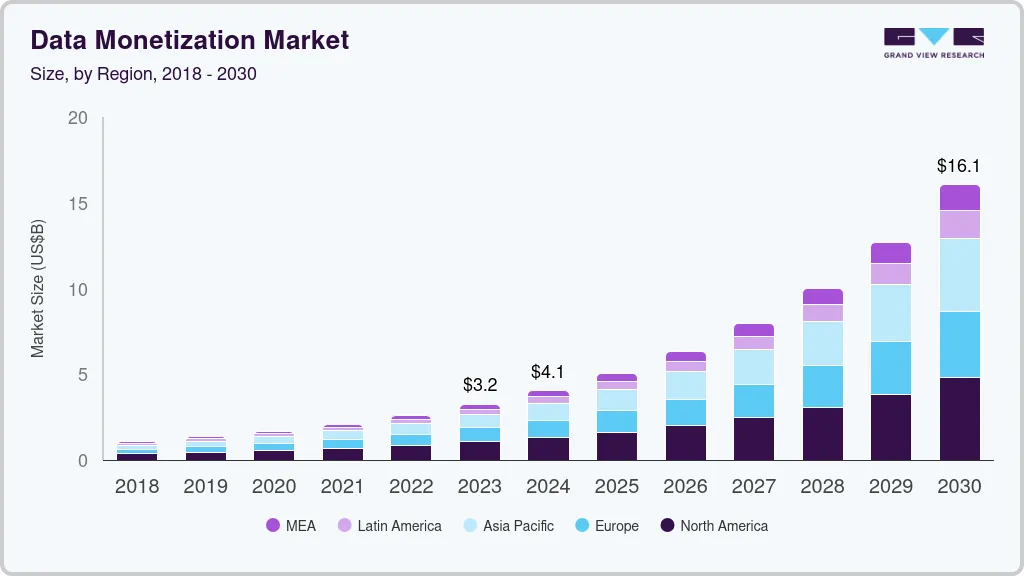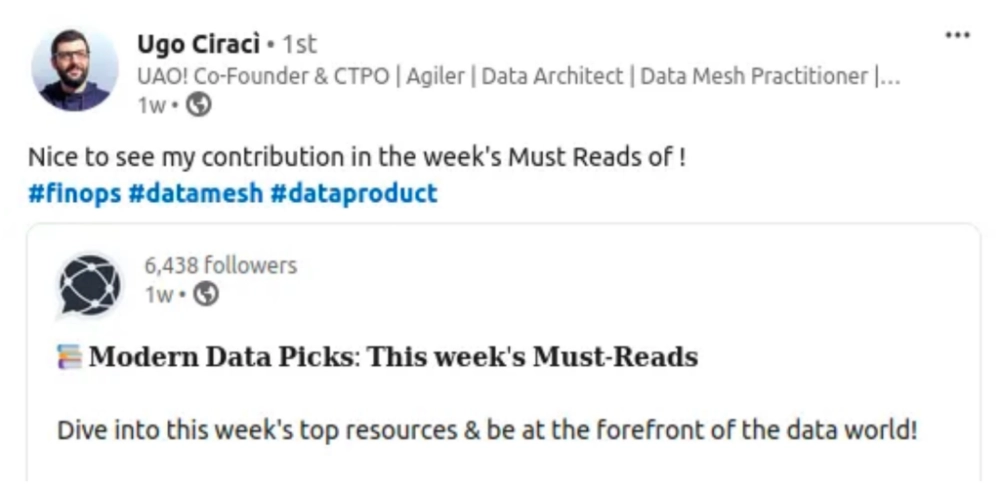
TL;DR
✍️ Introduction
If you are reading this piece, you are aware of what data governance is, so we'll keep it crisp.

Data Governance is generally understood as a strategic framework ensuring that the data is accurate, secure, consistent and compliant across the organisation. It also establishes clear boundaries of who can access the data, how it is to be used, and the management throughout the lifecycle supporting the end-business and regulatory requirements.
💡BARC defines Data Governance as:
Data Governance includes the people, processes and technologies needed to manage and protect the company’s data assets in order to guarantee generally understandable, correct, complete, trustworthy, secure and discoverable corporate data. Source
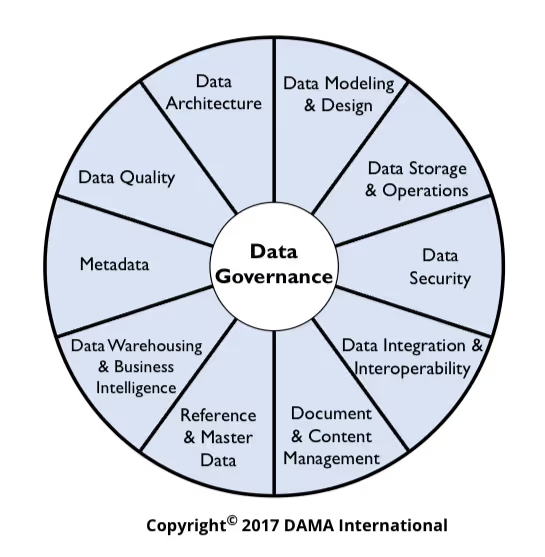
❓Why do Organisations NEED Data Governance?
Understanding the “why” behind the next move prepares every stakeholder for smooth transitions. Data Governance is crucial, we get it, but how do we comprehend is it for my organisation or no? When is the right time to opt for it? Let's try to answer all these questions.
Many organisations to date think of Data Governance as the IT people's job within the firm; however, slowly, this notion is breaking, and enterprise-wide adoption of Data Governance is starting to see the attention it deserves.
Data governance at the core ensures that data across an organization is accurate, reliable, secure, and compliant. Enterprises have to manage a big volume of data from multiple sources, using it to drive strategic initiatives. But leveraging this data effectively is not pretty straightforward. It requires breaking down silos, enhancing trust and transparency, and maintaining security while ensuring compliance with regulations.That’s where effective data governance drops in. Without this, organizations are at risk of data breaches, regulatory fines, and inefficiencies in data sharing and integration.Implementing a structured governance framework enables businesses to maximise the value of their data, along with managing these risks. That said, establishing Data Governance is not without its challenges.
💡Sounds familiar? It's like knowing you need to exercise but refusing to take the stairs!
Talking about implementation and challenges, we assure you that Data Governance is not missing out on anything.
🌪️The Implementation Challenge
Data Governance is a must in today's time and age. However, that doesn't make it everyone's top priority. The implementation comes with its set of challenges. Here are the top five challenges organisations face.
- Executive Buy-ins: Yes, you read that right. Surprisingly, executive buy-in is one of the biggest hurdles. To reap the real benefits of data governance, top management must come on board with it and make it a part of their routine practices. This will ease the organisation-wide adoption and better-defined roles and responsibilities. Furthermore, the top-down approach fosters recognition and develops faster acceptance for such efforts with more ease than others.
- Change Takes Effort: Organisations are made up of humans, and we need to recognise that resistance to change is a normal human behaviour. There can be multiple reasons for this, but strong and clear communication coupled with effective change management and contextual education can ease the adoption of data governance practices organisation-wide.
- Breaking Silos & Calling for Collaboration: Large businesses often deal with huge big data issues. One of these issues is siloed data. To implement effective data governance practices, one must pull the data silo walls down and call for cross-team collaboration. This also helps with the creation of clear data ownership and hits the treasure trove of data locked with one team benefiting the other with more context and clarity.
- Quality and Consistency a Concern: Enterprises with legacy systems would be attuned to what we are saying. Poor data quality and lack of standardisation in the organisation dilute the very essence of data governance efforts. This results in increasing concerns about data quality and consistency. Additionally, weak data governance can compromise the insights that structure the decision-making of an organisation.
- Compliance & regulation Seem like a Complexity: With evolving needs and the increasing dynamicity of the market, enterprises today need to follow several regulatory and compliance norms. GDPR, CCPA, and HIPPA, just to name a few. Data governance practices must be updated from time to time and adhere to these compliances. Staying compliant can be resource and time-intensive.
💡Overwhelmed?
To be blunt about it, implementing data governance without strategy is like assembling IKEA without a manual.
But before we jump to the strategies, we want you to understand that implementation cannot come at the cost of accountability, as this picture attempts to explain how balancing automation with human efforts ensures compliance, security, and trust in data governance.
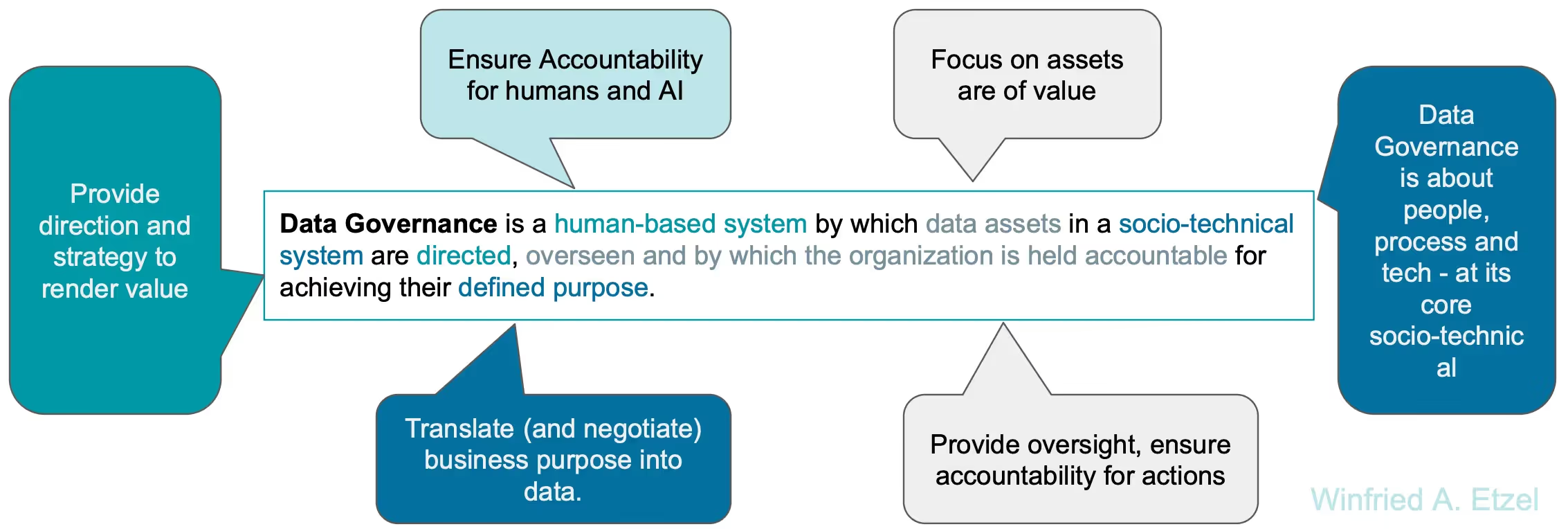
🪜9 Proven Strategies to Scale Data Governance like No Other
- Data Ownership and Roles with clarity: Data governance is beyond compliance—it’s about making data usable and accountable, and assigning the right ownership to the right persona is crucial for this. Ambiguity in data processes prevents data transparency. Defining roles like data custodians, stewards, and owners assists the organisation with overseeing the governance. Especially if we look at adopting the effective ‘data as a product’ approach where ownership is tied to delivering high-quality, well-governed data assets rather than just oversight.
- Comprehensive data governance framework: Managing data can come across as a hassle, but having a structured approach to developing comprehensive data governance makes it super easy. Policies, standards, and guidelines dictating the structure for data collection, storage, access, and even maintenance constitute the primary elements here. Further, aligning the business objectives ensures that data governance supports achieving operational and strategic milestones. In the absence of this framework, data governance efforts will come across as disorganised and ineffective.
- Treat data quality as a product responsibility: Another aspect of data governance is ensuring that data remains accurate, consistent, and reliable at all times. Poor data quality generally leads to flawed insights and incorrect decision-making. Mechanisms to establish data validation, cleansing, and monitoring are a must to detect and correct errors navigating to the right direction in near real-time. It is more of an ongoing and continuous process. Healthy and accurate data quality builds trust in the data and allows teams to confidently take decisions.
- A data-driven culture is a plus: Data governance is not an IT overhead alone. It serves as a pillar for data-driven culture establishment, encouraging teams to recognise and realise the potential of data at all levels. It also ensures that data is accurate and secure. A data-driven culture ensures transparency of responsibilities. Additionally, it builds a data-centric mindset across the teams in understanding data’s impact on their role and on the overall performance of the company.
- Automation helps: Leveraging the capabilities of automation can significantly enhance the scalability of data governance efforts. Though there might be a few organisations that would still opt for manual governance, they might still be managing their data in Excel sheets. Automating policy enforcement, metadata management, and anomaly detection ensures governance is proactive rather than reactive. When governance is built into data pipelines and developer workflows, it reduces friction while maintaining control.
- Adhere to Compliance at all times: With the evolving data landscape, adhering to regulations and compliances becomes more and more crucial. Industry regulations such as GDPR, CCPA, and HIPPA measure how data should be managed and handled. Remaining updated with these regulations in the governance framework is critical. In the absence of following these closely, financial and legal consequences can be welcomed.
- Agile methodologies: The traditional data governance methods might feel rigid and slow in the fast-paced business world, leading to frequent bottlenecks and operational slowdowns. Adopting DataOps will encourage collaboration between the teams, automate pipelines and ensure monitoring. Embedding DataOps-like workflows enables innovation and allows organisations to scale sans giving up on control.
- Training and Education help: Governance only works when teams understand how to implement it effectively. A lack of proper training can increase chances of organizational failures, security risks, and inefficient data usage. Making governance work isn’t just about setting policies—it’s about ensuring teams understand and apply them effectively. Regularly educating teams on governance best practices, compliance regulations, and data management tools helps ensure they’re not just following policies but actively shaping well-governed data assets. Investing in data literacy programs reinforces this by equipping teams to handle data responsibly and securely, embedding governance into daily operations.
- Monitoring: Regularly reviewing your data governance KPIs, such as data quality, adherence to compliance, and others, ensures that gaps are identified and rectified in time. It also helps with refining policies and optimising strategies to ensure better-performing efforts. Regular monitoring also ensures that governance remains aligned with the organisational objectives of scaling effectively.
Strategising for a Data Developer Platform to Adopt Governance Effectively
A data developer platform is a structured environment that enables organizations to build, manage, and govern data applications efficiently. It ensures that data policies, security, and compliance are enforced consistently across the ecosystem. Without a unified approach, enterprises risk data breaches, regulatory penalties, and operational inefficiencies, making governance a critical requirement rather than an afterthought.
Role of a Central Control Plane, and Why is It Important?
The central control plane manages metadata modeling while upholding orchestration and end-to-end governance.
If you consider this as the central command centre that defines & maintains rules, policies, and standards to keep the entire platform cohesive with 2 critical governance components:
- Masking policies – These protect sensitive information by restricting access to certain data elements, ensuring that only authorized users can view complete, unaltered data. This is crucial for safeguarding personally identifiable information (PII) and sensitive corporate data.
- Access policies – These determine who can access data and what actions they can perform. By defining permissions and restrictions, access policies align data access with organizational security, compliance, and regulatory requirements.
To enforce these policies effectively, two key governance mechanisms come into play:
- Policy Decision Points (PDPs) – The authoritative hub that makes governance decisions, ensuring consistency across the data ecosystem.
- Policy Execution Points (PEPs) – The enforcement layer that implements policies in specific locations, either internally or externally, within the platform. Multiple PEPs operate across the ecosystem to apply policies where needed.
🚀Conclusion
To sum it up, Data Governance is a must for enterprises of the day. It might seem like an overhead at the beginning, but as organisations start exploring it, there is no looking back. Governance empowers the organisation to unlock the true potential of its data assets, driving sustainable growth and innovation.
Now is the time to take charge of your data and its governance.
Join the Global Community of 10K+ Data Product Leaders, Practitioners, and Customers!
Connect with a global community of data experts to share and learn about data products, data platforms, and all things modern data! Subscribe to moderndata101.com for a host of other resources on Data Product management and more!
.avif)
A few highlights from ModernData101.com
📒 A Customisable Copy of the Data Product Playbook ↗️
🎬 Tune in to the Weekly Newsletter from Industry Experts ↗️
♼ Quarterly State of Data Products ↗️
🗞️ A Dedicated Feed for All Things Data ↗️
📖 End-to-End Modules with Actionable Insights ↗️
*Managed by the team at Modern
FAQs
What are the 5 C’s of data governance?
With respect to the compliances like GDPR, consent, clarity, consistency, control and transparency and consequences and harm are the 5 C’s of data governance.
How to measure data governance?
The key performance indicators for measuring data governance can be the Data quality score, Availability percentage, Incidents rate, Usage and adoption rate, Stewardship activity, Governance training and awareness, and Compliance with standards.
What is data governance framework?
Data governance framework are essentially a set of rules, processes, and standards that allows organisations to manage their data effectively.
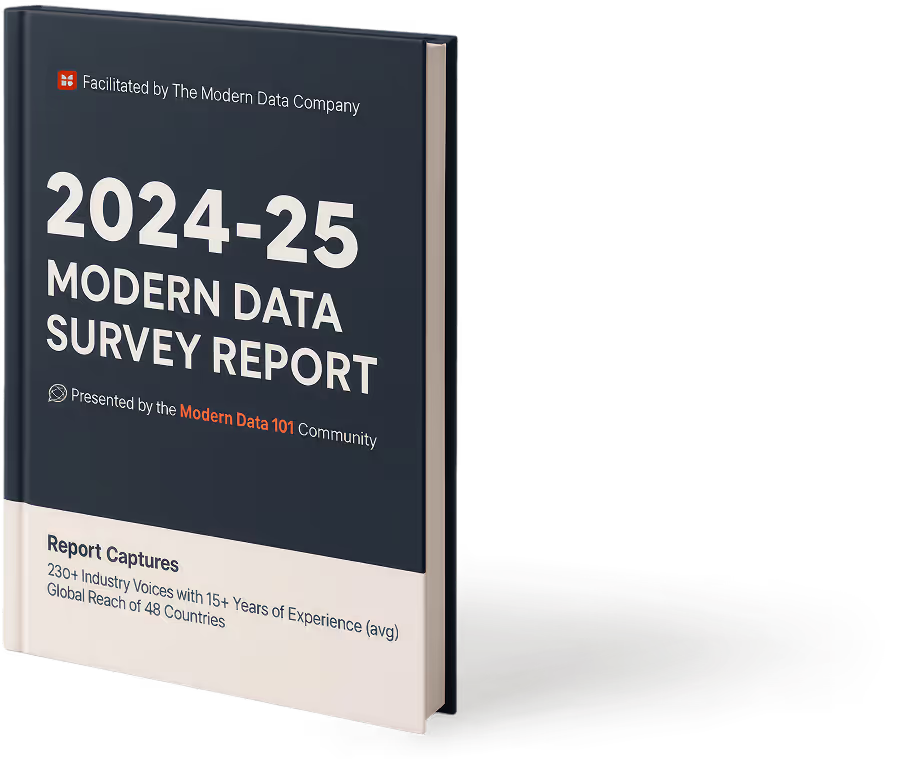
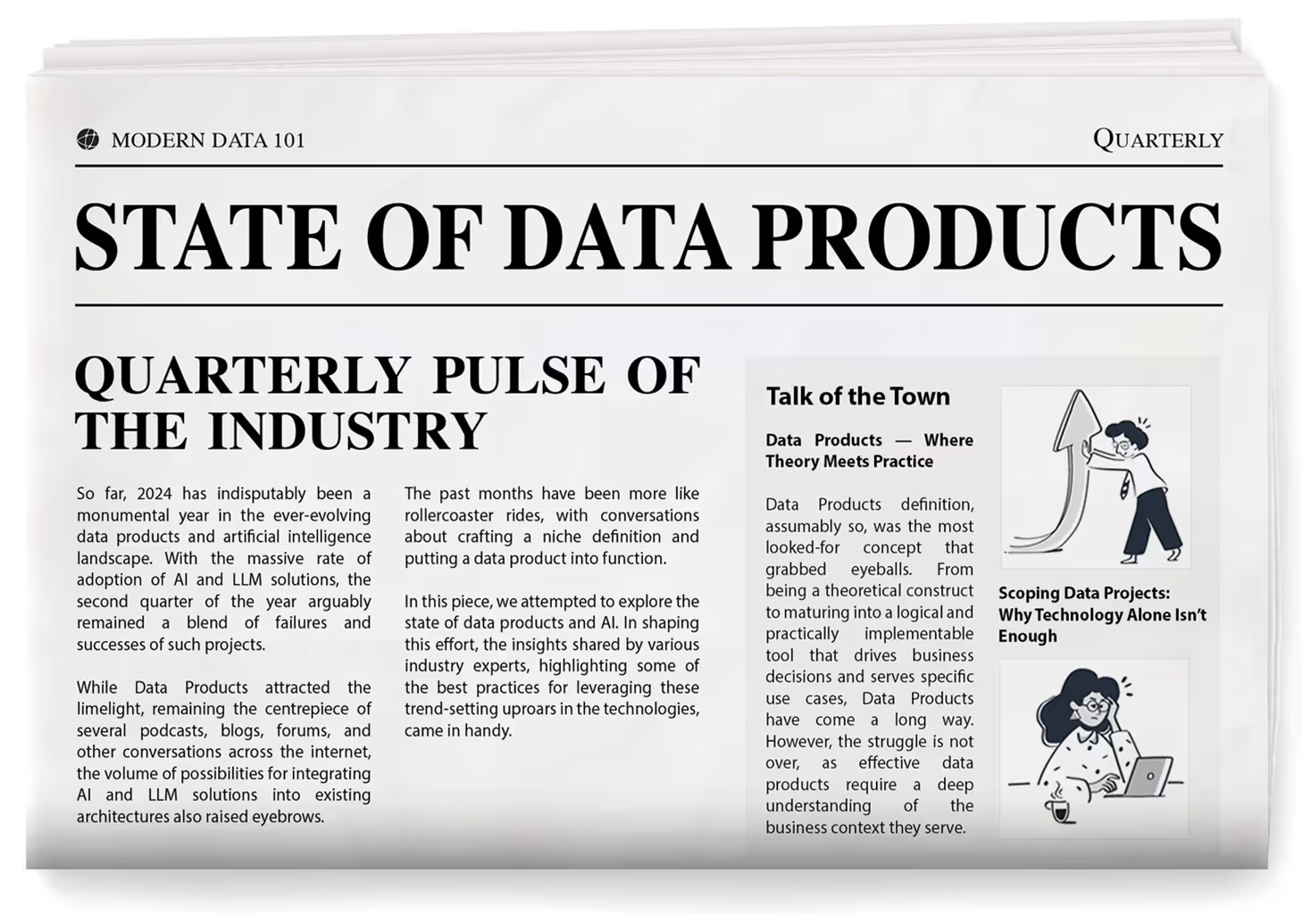

Author Connect 🖋️

Swami Achari

News, Views & Conversations about Big Data, and Tech
News, Views & Conversations about Big Data, and Tech

More about
9 Proven Strategies to Scale Data Governance
Checkout our

Community resources
and

Related articles




